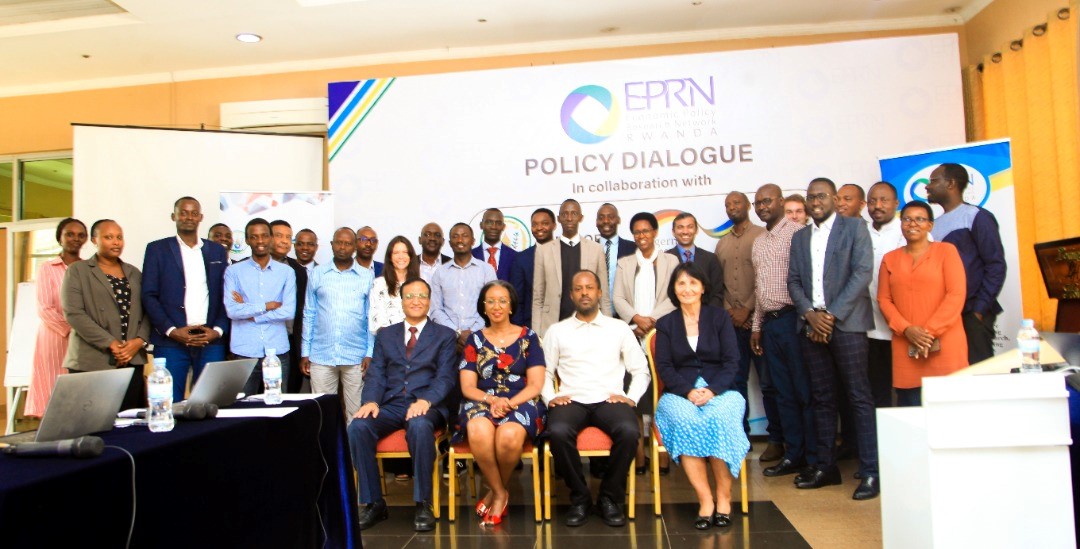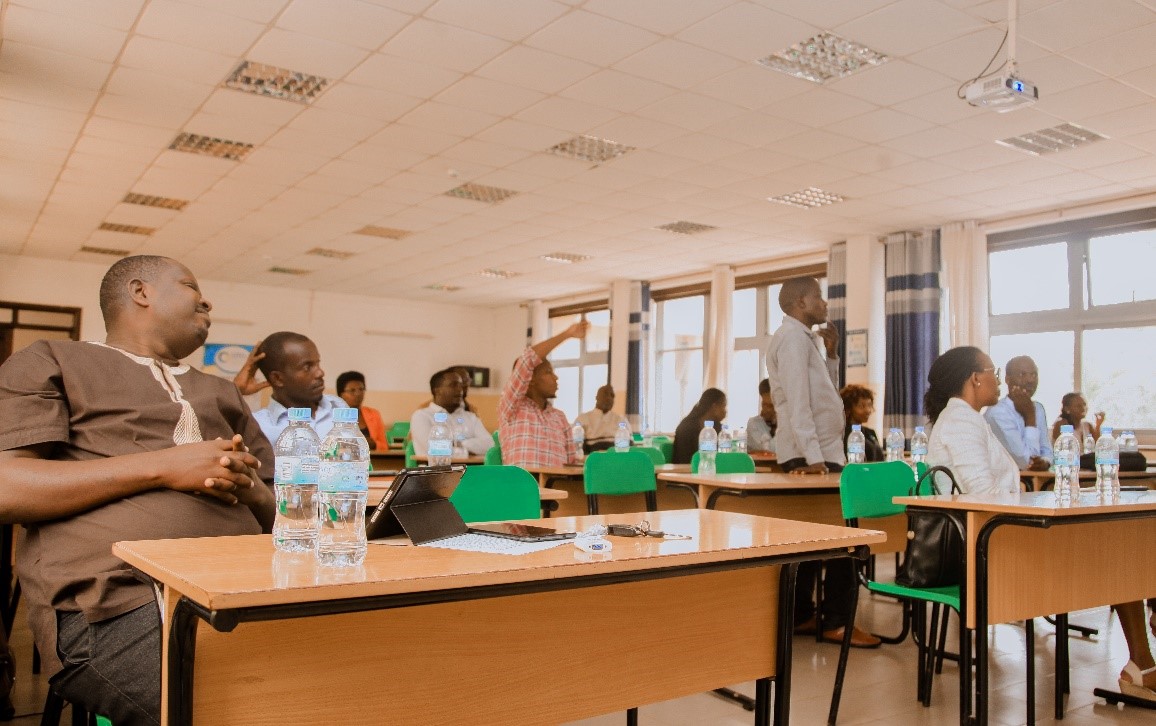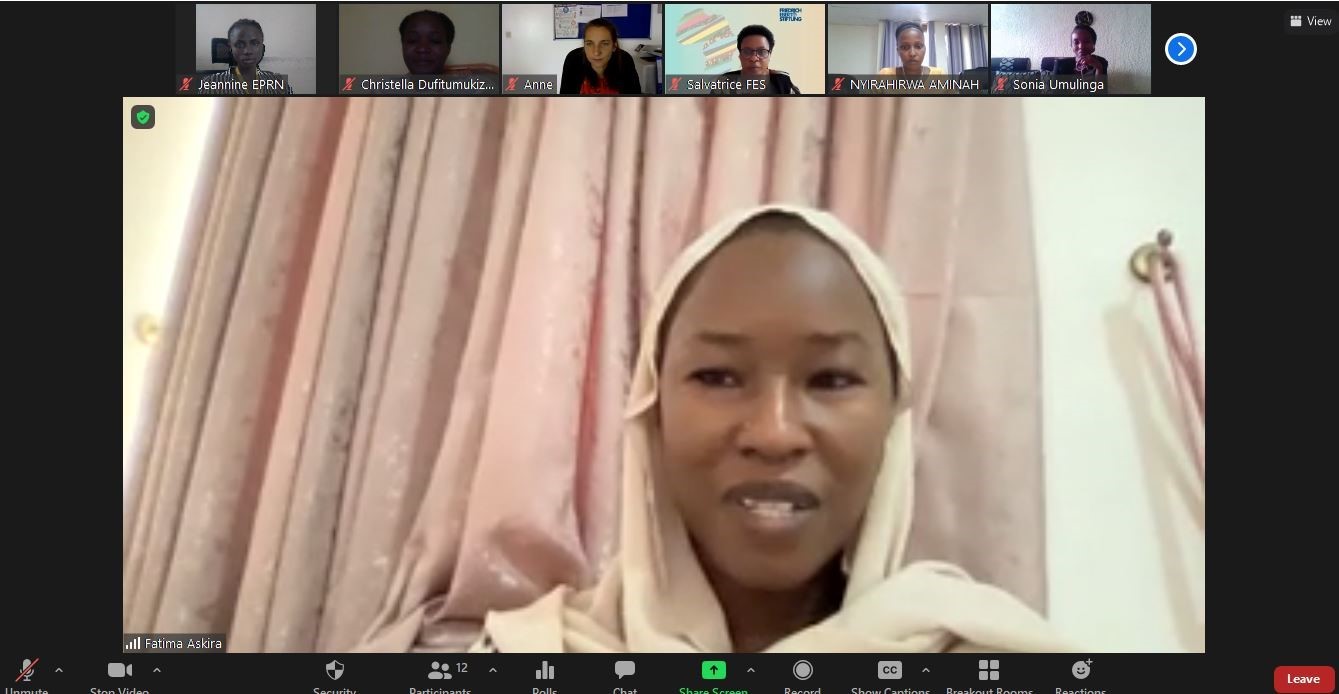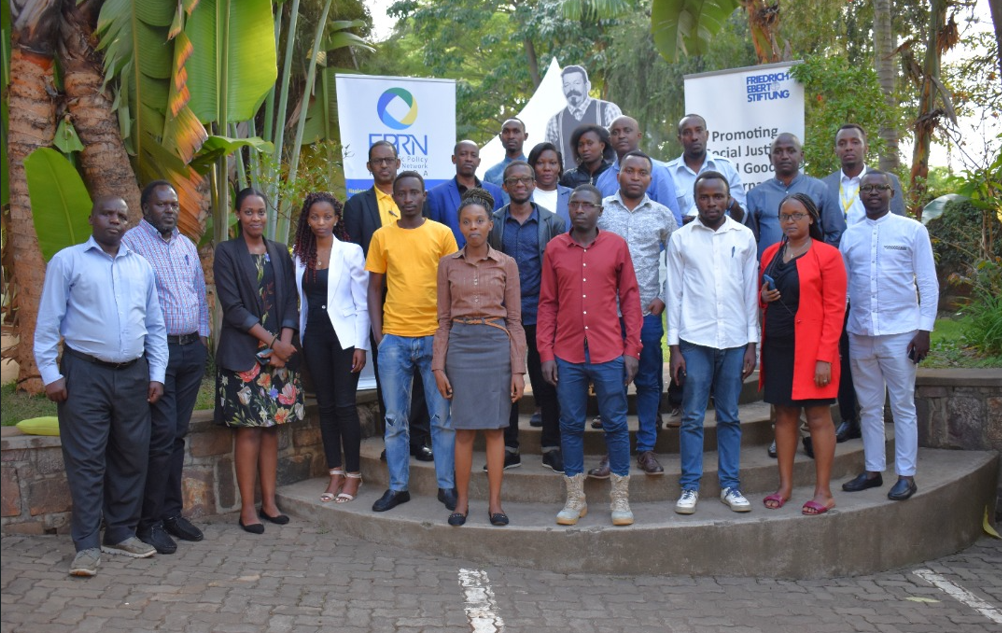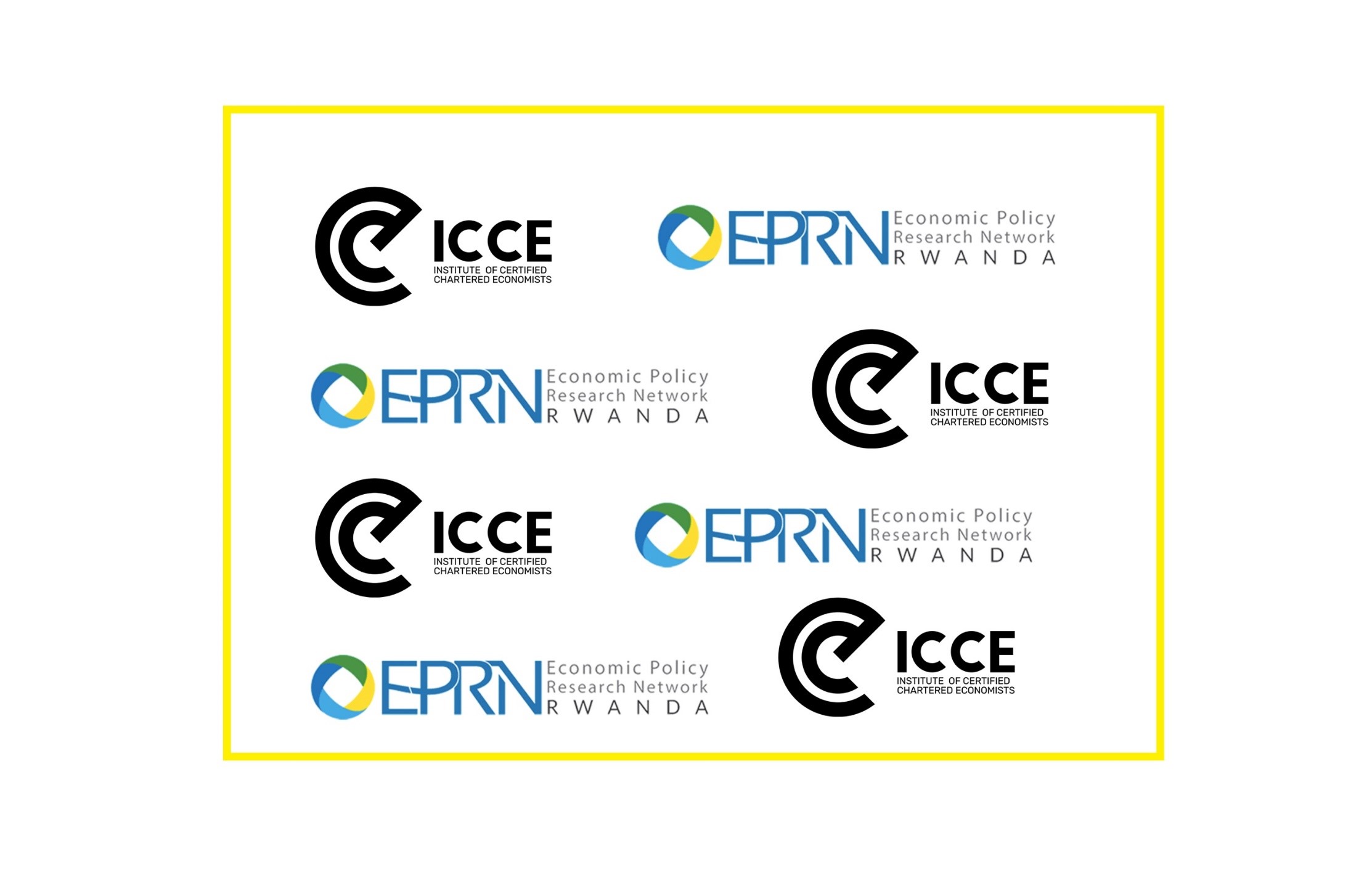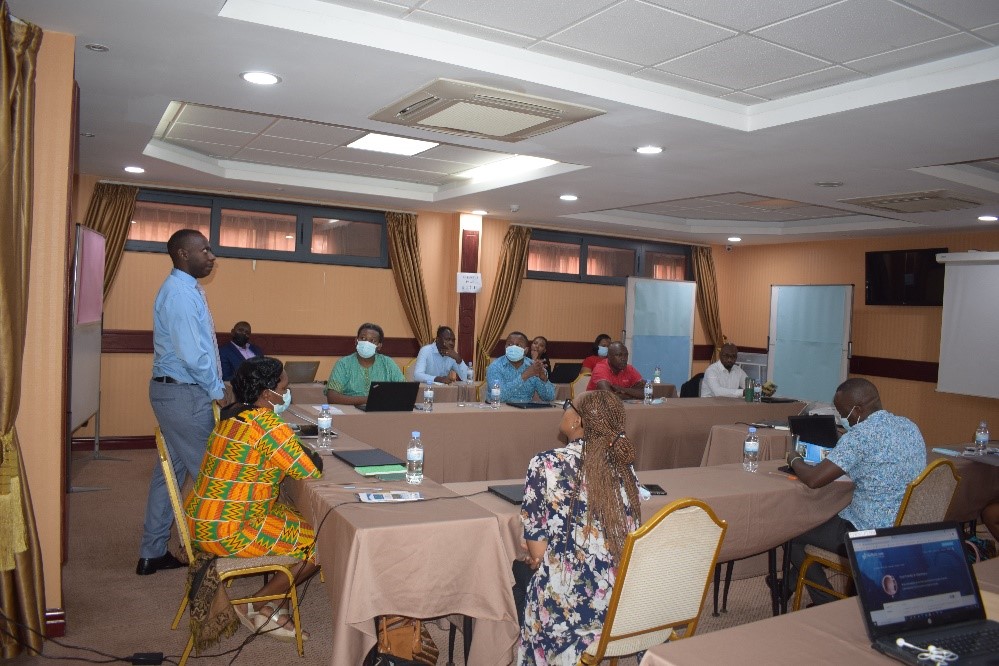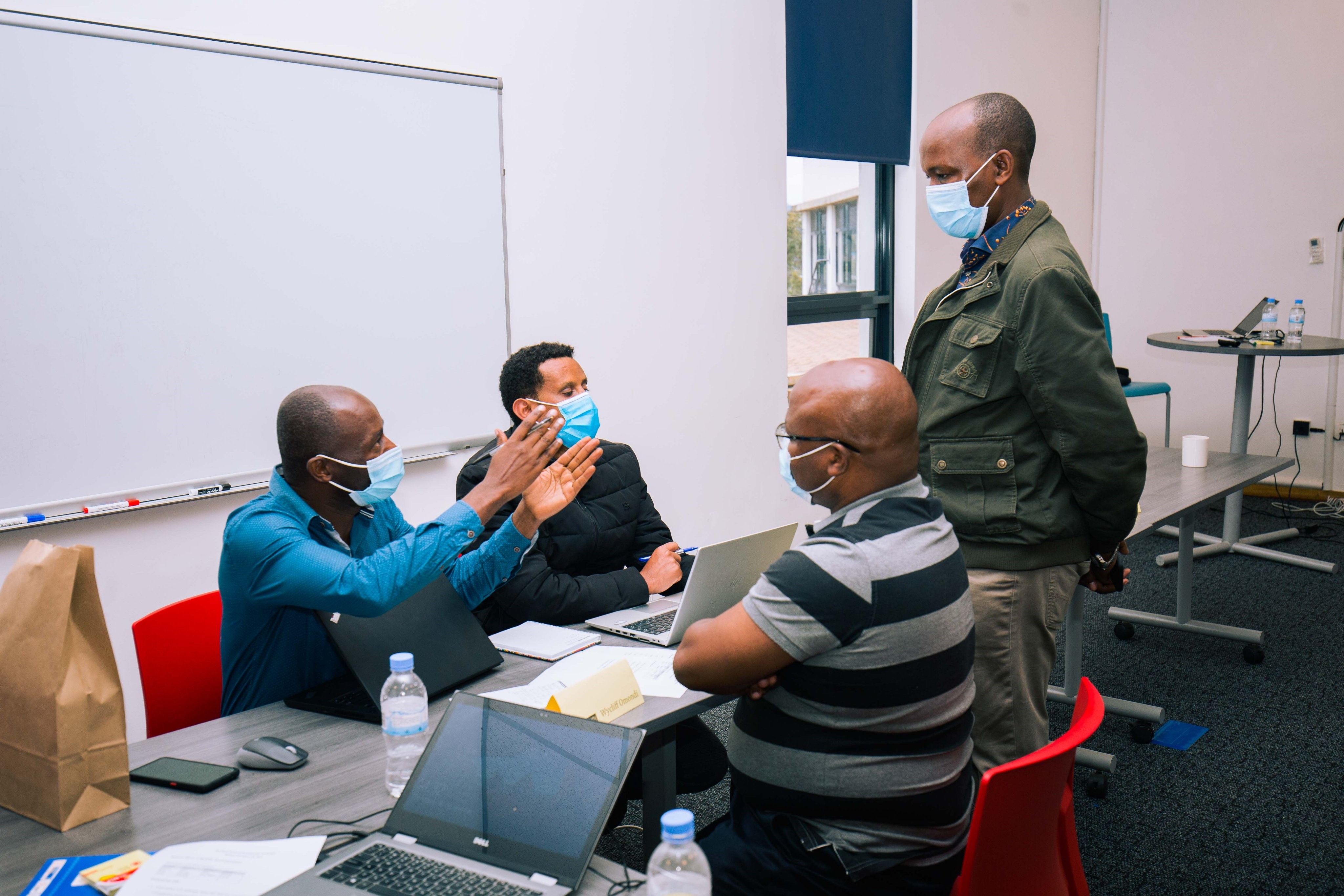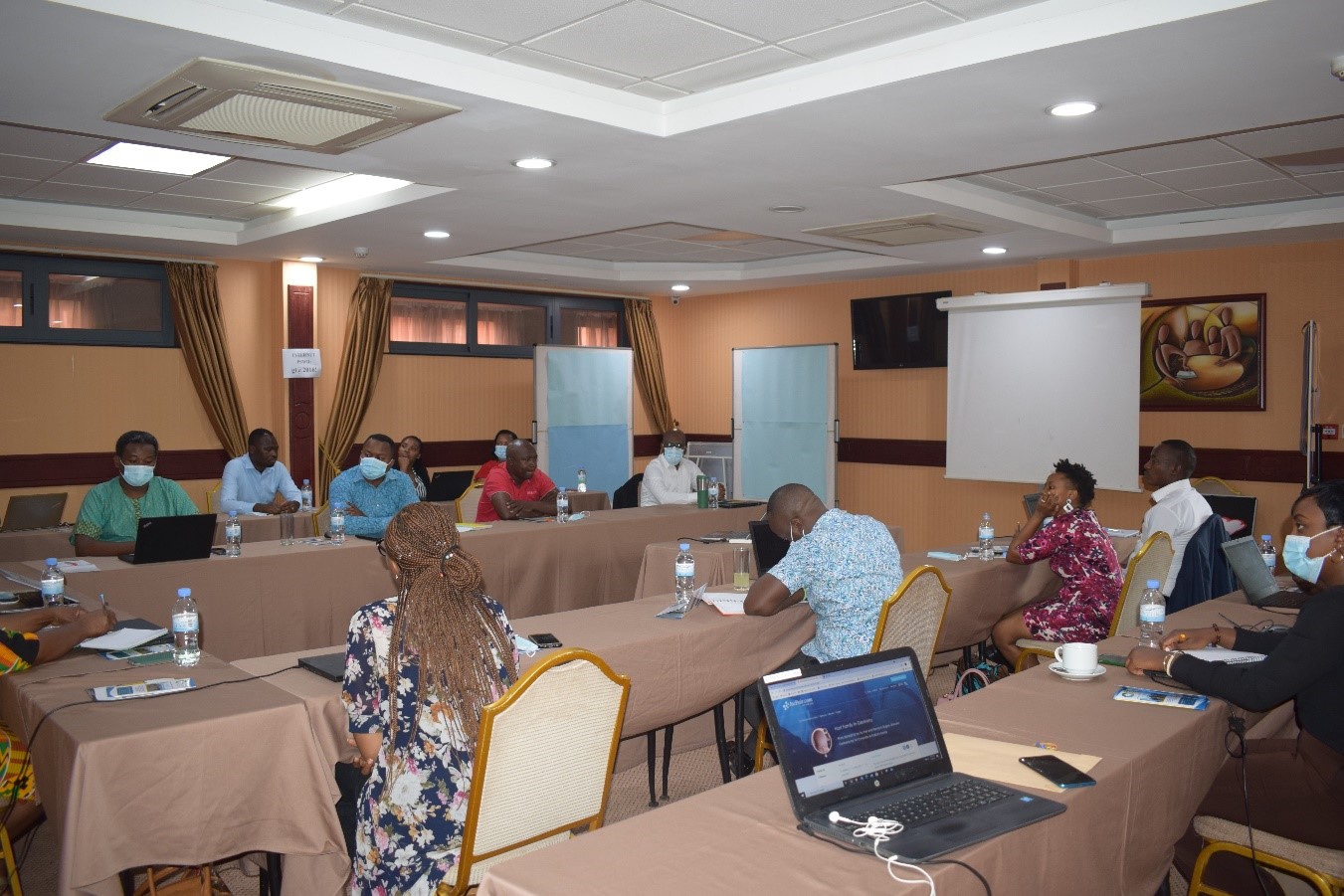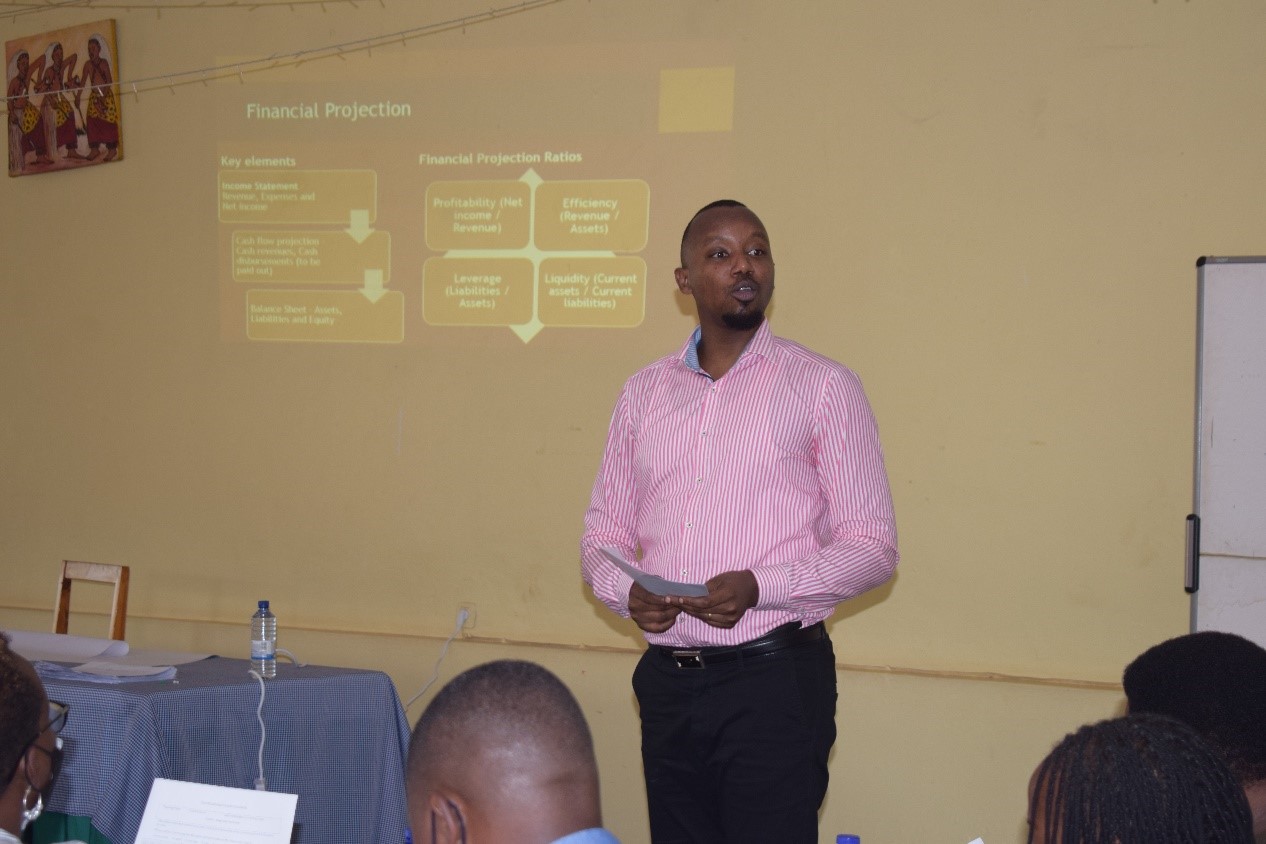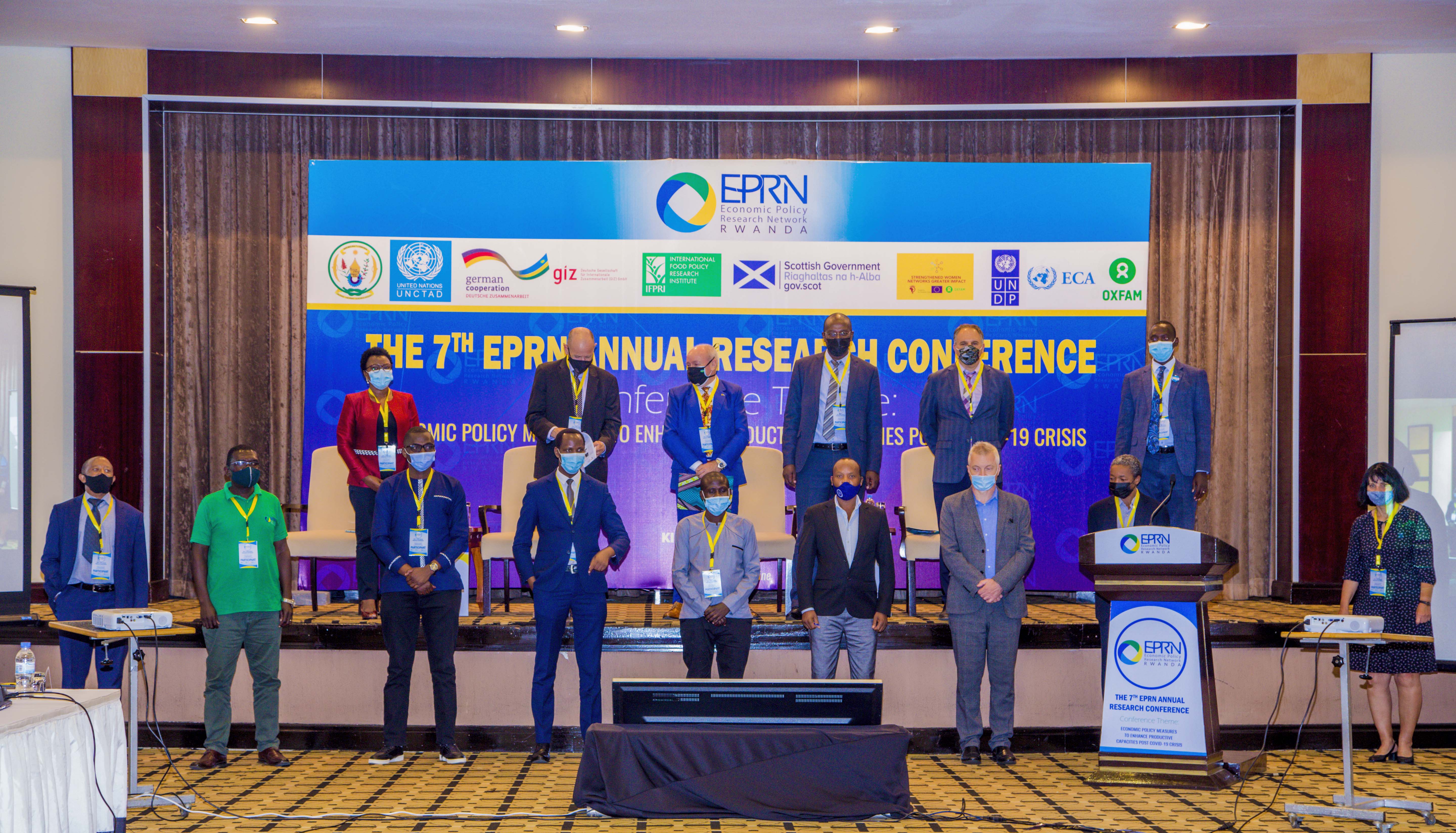Amplifying Youth Policy beyond COVID-19

by JOHN BOSCO KABANO, Researcher on women, youth and child issues, Member of the Economic Policy Research Network (EPRN)
1.0 Introduction and Context Analysis
As Rwanda was preparing to celebrate the dividends of vision 2020 and ushering onto a new vision 2030-2050, Covid-19, a global pandemic that began in China near the end of 2019 and developed globally, not only hindered the progress of national development trajectories but also scared the voices of policy advocates to a margin to which I want to amplify in this paper.
The African governments and elsewhere are pre-occupied on how to provide opportunities for the continent’s more than 200 million youth so that they can have decent livelihood and contribute to economic development of their countries. Like elsewhere Rwanda has been at a forefront to empowering the youth like youth connect forums and other avenues to unlock a new society of entrepreneurs, creative innovators and thought thinkers of young people who constitute the majority. Young people in every country are viewed as major human resources for development and are recognized as key agents for social change, economic development and technological innovation. They are the greatest source of hope for a nation’s future and thus there is a need to put them at the center of policy to help address one of the greatest challenges facing governments and policymakers today and tomorrow.
The Rwanda’s National Strategy for transformation (NST1) shows youth empowerment as one of the priority areas, meaning that all sectors and programs should contribute to addressing the needs of the youth. Youth perspectives should therefore be integrated in policy planning ; programming, implementation and evaluation activities.
Youth empowerment is creating an enabling environment and marshaling the resources necessary for Undertaking programs to fully develop youth’s mental, moral, social, economic, political, cultural, spiritual and physical potential in order to Improve their quality of life. While attention is currently focused on covid-19 preventive measures and those who were most affected by the virus, there are various indications that the COVID-19 pandemic will have long-lasting social, cultural, economic, political and multidimensional impacts on global population including young people, as highlighted by the UN Secretary General’s Report “Shared Responsibility, Global Solidarity” (March 2020). In all types of crises and times of need, from climate change to armed conflict or political unrest, young people and youth-led organizations have been quick to take action and respond to the needs of others, thus the turn to reposition the trajectory of youth and how policy is relevant to the promotion of their inalienable rights.
2.0 Historic background about national youth policies
According to the General Assembly report, since 1969, the United Nations adopted important mandates on national youth policy and the United Nations Secretariat has promoted the implementation of such mandates on national youth policies since that time. In its resolution 2497 (XXIV) of 28 October 1969, the General Assembly endorsed long-term policies and programs for youth in national development (as presented in Economic and Social Council resolution 1407 (XLVI) of 5 June 1969). The Assembly recommended that Governments, in formulating national youth policies, should ensure a more coordinated approach to meeting the needs and aspirations of youth. It further recommended to Governments that, especially during the Second United Nations Development Decade, youth and youth organizations should be given an appropriate opportunity to participate in the preparation and implementation of national development plans and in programs of international co-operation.
The importance of policies and programmes to promote young people is being emphasized at international level. The UN General Assembly : "Calls Upon all States, all United Nations bodies, the specialized agencies, the regional commissions and the intergovernmental and non-governmental organizations concerned to make every possible effort aiming at cross-sectorial youth policies by integrating a youth perspective into all planning and decision-making processes relevant to youth" (United Nations General Assembly Resolution 56/117, 19th December 2001).
Other challenge is poor coordination mechanism where about two- thirds of the 168 estimated UN countries in 2001 cited with national youth coordinating bodies have no role and place in the bodies for youth NGOs. Only about a third of the countries cited have national youth councils and committees with support from the Government, but no independent voice and role for such youth NGOs. And about two-thirds of the 116 estimated UN countries in 2001 with programmers of actions do not connect the actions to the implementation of the national youth policies. Most countries have not put into place an effective system of evaluation to measure the impact of national youth policies in practical terms. In most cases, from a global perspective, such national youth policies are mere statements on guidelines of the respective Governments on how to deal with youth, but little on action plans and evaluation tools to enhance youth participation in all phases and involvement in concerned governance of such youth policies and programmes. In many countries the following problems have been cited :
– Inadequate political will, visionary leadership and legislative and policy direction to deal with both the problems and potentials of youth on an inter-sectorial basis in a national youth policy and mainstream in national development plans ;
– Lack of a conceptual framework and follow-up plan to design, implement and evaluate an integrated national youth policy drawing on the various youth-related policies of the sectorial ministries and its provincial and local agencies as well as counter-part youth NGOs at all levels ;
– Low budgetary support for the design and delivery of such national youth policies to the target constituencies at all levels and marginalization of youth issues and potentials in national development ;
– Lack of sufficient participation of all stakeholders (especially youth and youth organizations) in the process of formulation, visions and strategies as well as plans for implementing and evaluating integrated national youth policies ;
– Problems in defining youth and its subgroups as well as in determining their needs and aspirations and in distinguishing children and youth in that regards and not confusing the two groups as the same ;
– Lack of systematic national review of the problems and needs of youth with base-line data and with cross-sectorial as well as sectorial indicators ; insufficient linkage of the priority youth issues on education, employment and health as well as poverty-alleviation, social integration, and citizenship-building in the NYP process ;
– Lack of a time-bound action plan to implement a NYP with a phased time-elements enabling youth participation in all NYP aspects ; coupled with absence of knowledge of models of best practices for involving youth in all aspects of a NYP process and of actions to promote such youth participation.
3.0 A Review of Rwandan youth policy
The Rwandan Youth policy clearly establishes a comprehensive and targeted youth programming through economic empowerment with strong emphasis on mainstreaming job-based budgeting in all sectors. It envisages the decentralization of youth structures and a strong mobilization mechanism down to the village level. It also defines clear mechanisms of establishing a strong interaction between Youth and ICT.
The policy puts much focus on youth economic empowerment by addressing issues related to unemployment and underemployment, limited skills, low rate of access to finance and markets, mismatch of current education curriculum vis a vis skills required on both local and global labor market, high population growth in relation to economic growth, poor monitoring of the vast sector, among others. The Policy proposes a holistic set of strategies for actions to solve the above-mentioned issues. The proposed approaches include, but are not limited to effective job mainstreaming, improving skills acquisition through TVET trainings, and instilling the culture of saving among youth, involving the Private Sector in supporting access to innovative financing initiatives for youth who are the major asset of the Country and key drivers for sustainable development. The Country has implemented a series of programmes derived from the National Youth Policy since 2006. Most of these programs mainly focused on Youth participation, mobilization and social welfare due to the challenges of the time.
The Ministry of Youth established ‘youth connect’ that brings together youth from all over the world to meet other professionals and public authorities. This forum is used to develop innovative businesses and get funds from potential funders. In addition, secondary schools and university institutions conduct debates on issues that matter in policy development and policy implementation which all are some of the avenues proposed by the national youth policy. However, there is still a gap in policy dialogue due to limited participation of youth on policy issues and the likely existence of elite theory in place as a control of a post genocide society to avoid a possible slide back into the past.
3.1 Youth challenges
The Government of Rwanda puts much focus on youth economic empowerment by addressing issues related to unemployment and underemployment, limited skills, low rate of access to finance and markets, mismatch of current education curriculum to skills required on both local and global labour market, high population growth in relation to economic growth, poor monitoring of the vast sector, among others.
According to the 4th Rwanda Population and Household Census of 2012, based on today’s situation, young Rwandans aged between 0-35 years, account for 78.7 % of the Country’s population which is currently over 10.5 million of which 4.16 million are aged between 14 -35 years. Almost 60% of them are employed while 4.1% are unemployed and 37% inactive, of which 75% of the economically inactive are students and 16% look after families. Unemployment rate is higher among young women (4.9 %) as compared to young men (3.2%). The highest unemployment rate is observed among young active women living in urban areas (13%) and university graduates (13.2%).
Rwanda generally suffers from a shortage of skilled workers. According the USAID’s Rwanda youth employment assessment report (2009), the fastest growing sectors identified to absorb unemployed youth (subject to skills training) in Rwanda include agro-processing, construction, the service industry (tourism and commerce) and the ICT sector. Unemployed youth in Rwanda fall into three categories of educational levels i.e. - those with no education, those with some primary education, and those with some secondary or vocational training. Each of the categories has their own strengths, skills needs, and challenges for participation in a youth development programs and subsequent labor markets employment trends in Rwanda which much calls for the revision of the current national youth policy.
4.0 Suggested solutions
Solution 1 : Youth participation
According to (Gurstein et al, 2003), Youth participation involves environment recognizing and nurturing the Strengths, interests, and abilities of youth and giving youth the opportunity to make decisions and see results at the individual and systematic levels as a result of those Decisions. Participation is maximized when youth are able to be central to decisions that influence their lives and take actions on the Issues youth care about most (O’Donoghue et al. 2002).
The National youth policy should promote active youth participation of young people in the priority issues confronted by the Government and Society, a case in point demographic transition which requires the right policy, economic and social environment. First and foremost, the growing youth population has to be absorbed into the labor market to enable them invest. They must have the opportunity to access high-quality education, matching the type of skills needed in the labor market. Also, will only be encouraged to save if there are efficient and trustworthy financial mechanisms to allow them to do so.
Assuring the participation of youth in the implementation of specific projects and youth programmes at the local, regional and national level is crucial in order to ensure maximum opportunities for youth to contribute as active agents of change in all aspects of life and on all levels of decision-making. However, if their participation is to be meaningful, it is imperative that their engagement be directly linked to first-hand experience and identified by themselves as a key area of concern.
‘Participation’ should be understood as a process of empowerment of as principal players, which produces tangible changes in their living environment. Instead of being mere ‘on lookers’ but must be given responsibility for certain aspects of projects, if not the programme in its entirety. Youth should be encouraged to advocate for policies which best suit both their own needs and those of their structures. This process imparts experience and knowledge to youth and empowers them to undertake further activities. It takes on great potential, their wishes and desires, their curiosity and pleasure in discovering and experimenting in order to develop perspectives suitable to all.
Despite the gradual recognition of the importance of active participation of youth in the process of decision-making and implementation ; only a few countries have made it an integral aspect of national politics. Furthermore, if the specific and varied forms of youth engagement are not taken into account, policies risk addressing only a minority of issues. The practice of creating meaningful opportunities to participate must therefore seek multiple youth-participation strategies that will capture a wider and broader youth perspective.
Solution 2 : Policy promotion
According to Narayan (2002), since youths’ lack of power, voice, and subsequent marginalization and exclusion underlies their status, the best strategy in their empowerment process demands a removal of both formal and informal institutional obstacles that void their attempts to solve their everyday challenges. This is due to the fact that neither government nor partners understand youth challenges which are very crucial in hindering the full potential of youth.
Therefore, newly drafted national youth policy must reach all the major stakeholders and a mass audience and efforts should be made to make aware of it by publicizing it in an innovative way. This can be done through public campaign at raising general awareness of the existence and content of such a policy.
Once the national youth policy has been drafted and the respective priority areas of policy intervention have been specified, it needs to be implemented on a nation-wide level. To ensure the relevance of this policy and make it the framework for community and national youth development (UNESCO, 2004).
National campaigns should be run by a youth promotion team and could offer regional workshops for representatives of youth agencies to popularize the policy (at the workplace, in schools, youth centers, at cultural events etc.).
Solution 3 : Policy coordination
According to UNESCO report 2004, it is important to create appropriate mechanisms for implementation and coordination of the policy. The implementation of a national youth policy means the involvement of a broad range of sectors in society. It requires intensive coordination between a large number of both governmental and non-governmental actors and appropriate collaboration mechanisms which should be put in place at the stage of policy formulation. The implementation of a national youth policy involves both centralization and de-centralization of mechanisms and steps, as the policy must be conceived within a national development framework for the country as a whole and as a localized process with, by and for youth at the same time. Whereas the national (centralized) youth policy must establish core principles and values, key platforms of activity, disseminate examples of good practice, establish clear timelines and reporting responsibilities, and allocate sufficient resources to ensure that tasks can be carried out, it is local (de-centralized) processes that must ensure that the strategic goals set at national level will be achieved in developing and implementing the specific projects.
The local agencies should ensure that widespread consultation is conducted at a local level to develop specific projects, the project objectives set are clear, simple, and measurable, timelines are established for all phases, both for development of programmes, implementation and evaluation and reporting, both organized and non-organized youth are involved in all phases of the projects. Coordination thus needs to take place between the different national ministries and departments of government, between regional bodies, national youth NGOs, the private sector and civil society engaged in service delivery of centralized government-led programmes for youth, but as a joint youth action partnership between all governmental and non-governmental stakeholders involved. However, essential to their full and effective functioning is their strategic positioning and backing with adequate financial resources.
Solution 4 : Monitoring and evaluation
According to UNESCO report mentioned above, a national youth policy is directed to a fraction of the population whose needs change rapidly with the evolution of society. Consequently, the need for ongoing monitoring and evaluation (M&E) of all projects and policies cannot be stressed highly enough. Lack of evaluation is a major obstacle to success for it prevents correction or reformulation of programmes with the result that mistakes are repeated and infinitum. Thus, it is important that strong mechanisms are created and responsible bodies identified which guarantee a periodic review of national youth policies and programs.
5.0 Conclusion
The above descriptions of youth participation show the correlations of youth empowerment and policy. Empowerment begins when youth are given the opportunity to participate. Youth participation aids development which increases effective participation ; more effective participation increases development, and the cycle continues as the youth person moves along pathways to becoming a fully functioning adult. Not only do youth benefit from being able to participate, but society benefits as well.
6.0 Recommendations
For the implementation of a specific project or youth program, it is important to choose the right body to implement it. This will not always be a government agency but may well be an NGO or the private sector. What is essential is that the chosen agency has government support and guidance. Assuring youth participation during implementation of specific projects and youth programs at the local, regional and national levels is crucial in order to ensure maximum opportunities for youth to contribute as active agents of change in all aspects of life and on all levels of decision-making. However, if their participation is to be meaningful, it is necessary that their engagement be directly linked to first-hand experience and identified by themselves as a key area of concern.
Specific recommendation to the Government of Rwanda :
• There’s need to revise and update the national youth policy in order to deal effectively with challenges beyond COVID-19 ;
• There’s a need for the Government and partners organize events like debates, workshop or conference around youth innovation, challenges and opportunities ;
• There’s a need of enhancing coordination mechanism for implementing the national youth policy (M&E framework).
Specific recommendation to the Development partners :
• There’s a need to double advocacy to elicit youth participation in policy formulation process, ensuring that all youth sectorial groups like the disabled are included to ensure an effective youth empowerment ;
• There’s a need to align Development partners’ programming on youth policy and collaborate with key line ministries to leverage initiatives towards leaving none behind ;
• There’s a need to establish a youth basket fund, to actively contribute to addressing youth issues related to access to finance.
7.0 References
a. Africa Development Bank (2014)
b. California state University (2012), California state University long beach graduated center for public policy and administration Summer 2002,Third Session. California : California State Uninersity.
c. Denstand, F. Y. (2009), National policy manuel how to develop a national youth strategy.
d. GTZ (2005), Comparative analysis of national youth policies, Eschborn : GTZ.
e. OMOTERE TOPE N.C.E., B. (2011), Challenges facing the implementation of youth empowerment programmes/economic and development strategy (needs) in northen Nigeria, Ogun state, Nigeria.
f. Rwanda National Stategy for Transformation (NST 1)
g. Rwanda National Youth Policy, 2015
h. Rwanda Vision 2020
i. Staff, W. D. (2005), Comparative Analysis of national youth Policies, Eschborn : GTZ.
j. The fourth Rwanda population and housing census on youth social status (2012)
k. UNESCO (2004), Empowering youth through National youth Policies, France : UNESCO.
l. United Nations Human Settlements Program (UNCHS-Habitat, 2005)





